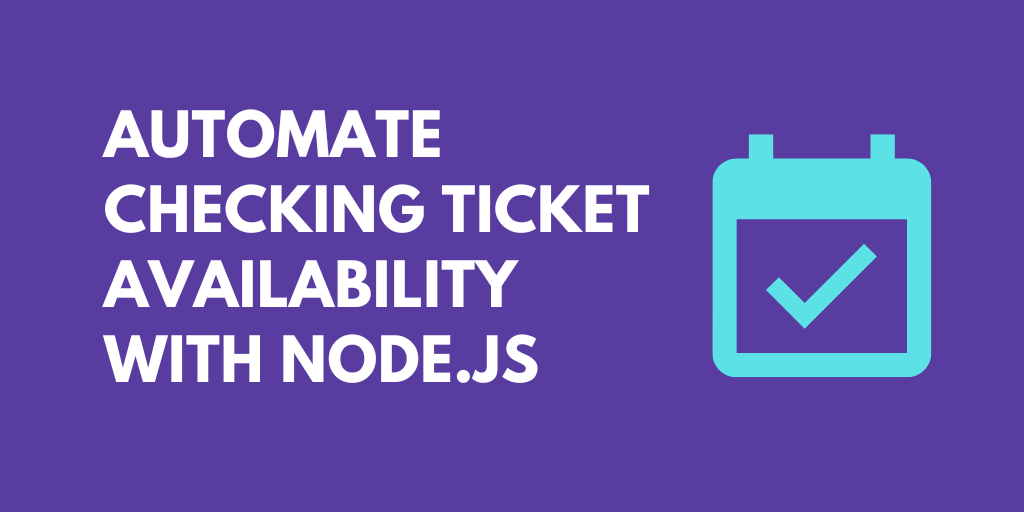What do you want to automate
with Tapform and Node?
Prompt, edit and deploy AI agents that connect to Tapform, Node and 3,000+ other apps in seconds.
Trusted by 1,000,000+ developers from startups to Fortune 500 companies
Popular Tapform and Node Actions#
Write custom Node.js code and use any of the 400k+ npm packages available. Refer to the Pipedream Node docs to learn more.
Overview of Tapform#
The Tapform API furnishes a way to automate and integrate form data handling in Pipedream's serverless environment. With it, you can manipulate form submissions, manage user data, and connect forms to other services for complex workflows. This opens endless possibilities to streamline data collection processes, react in real-time to user submissions, and connect form data to more than 3,000+ apps available on Pipedream.
Connect Tapform#
import { axios } from "@pipedream/platform"
export default defineComponent({
props: {
tapform: {
type: "app",
app: "tapform",
}
},
async run({steps, $}) {
return await axios($, {
url: `https://apimvp.tapform.io/api/leads/zapier-leads`,
headers: {
"tapform-api-key": `${this.tapform.$auth.api_key}`,
},
})
},
})
Overview of Node#
Develop, run and deploy your Node.js code in Pipedream workflows, using it between no-code steps, with connected accounts, or integrate Data Stores and File Stores
This includes installing NPM packages, within your code without having to manage a package.json file or running npm install.
Below is an example of installing the axios package in a Pipedream Node.js code step. Pipedream imports the axios package, performs the API request, and shares the response with subsequent workflow steps:
Connect Node#
// To use previous step data, pass the `steps` object to the run() function
export default defineComponent({
async run({ steps, $ }) {
// Return data to use it in future steps
return steps.trigger.event
},
})Community Posts#
